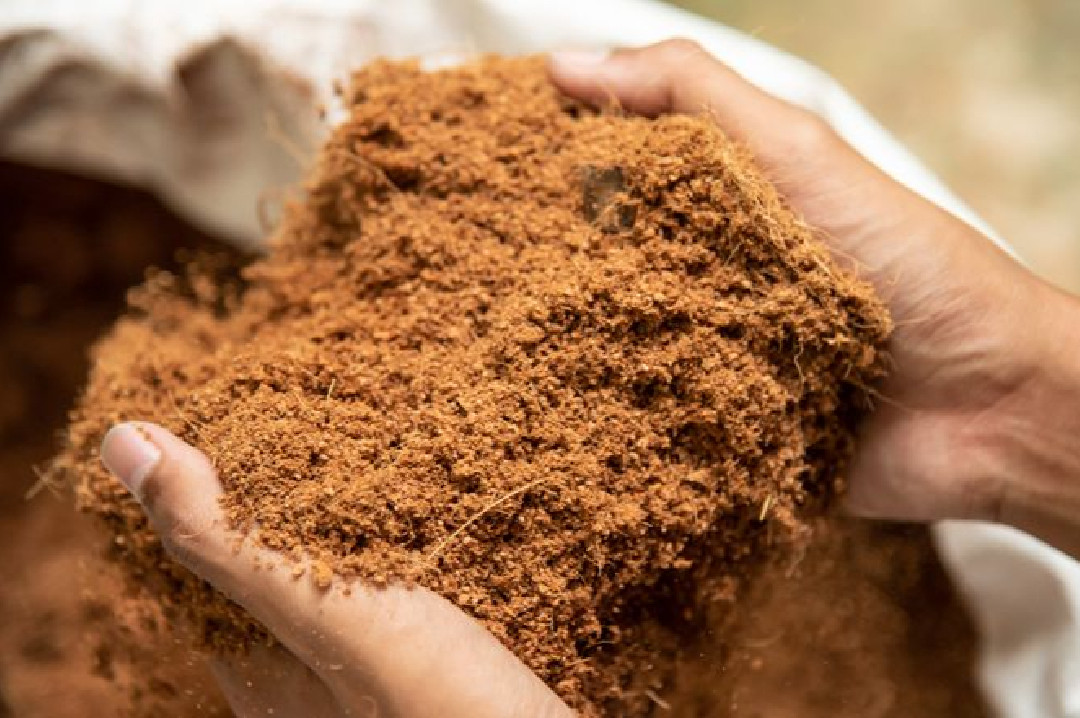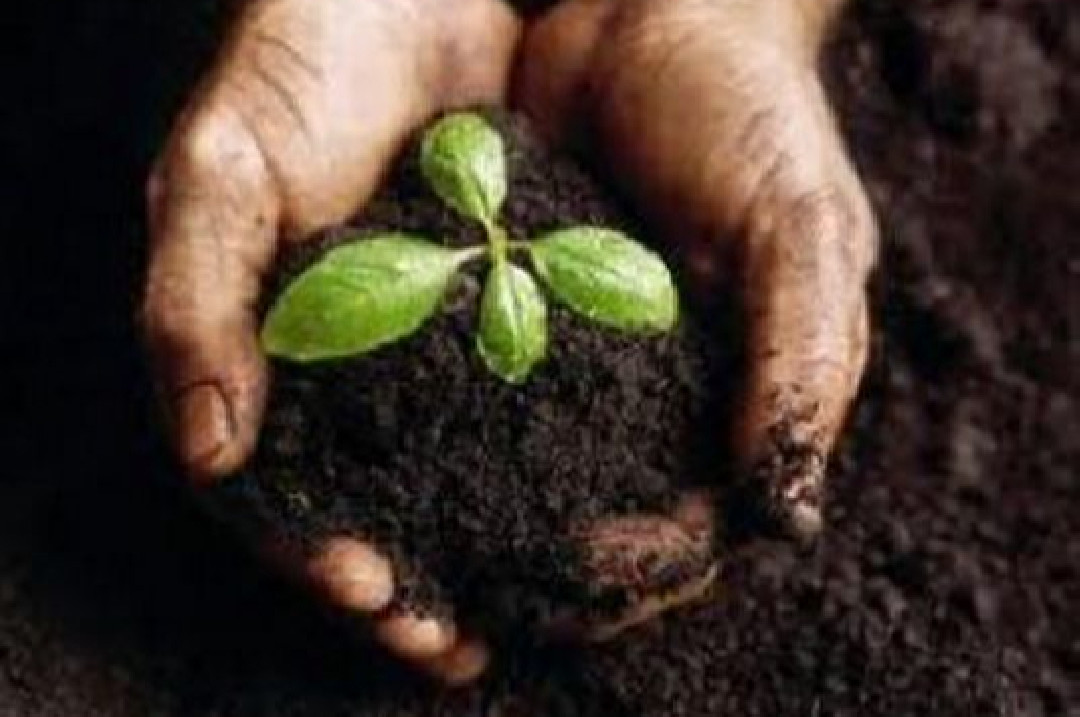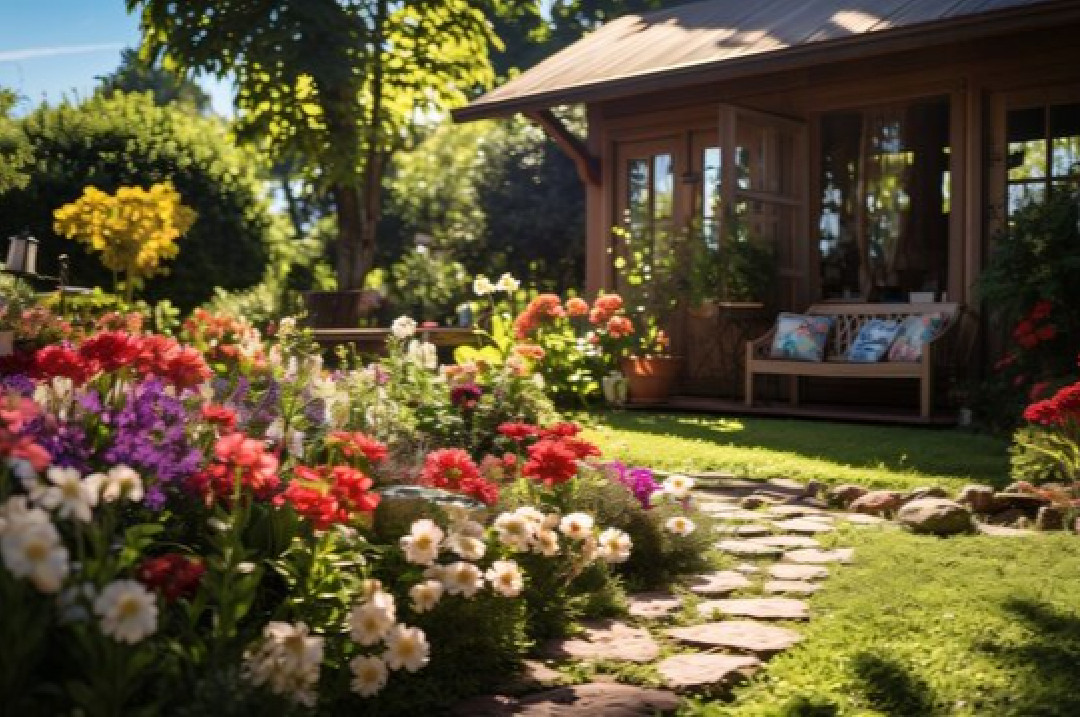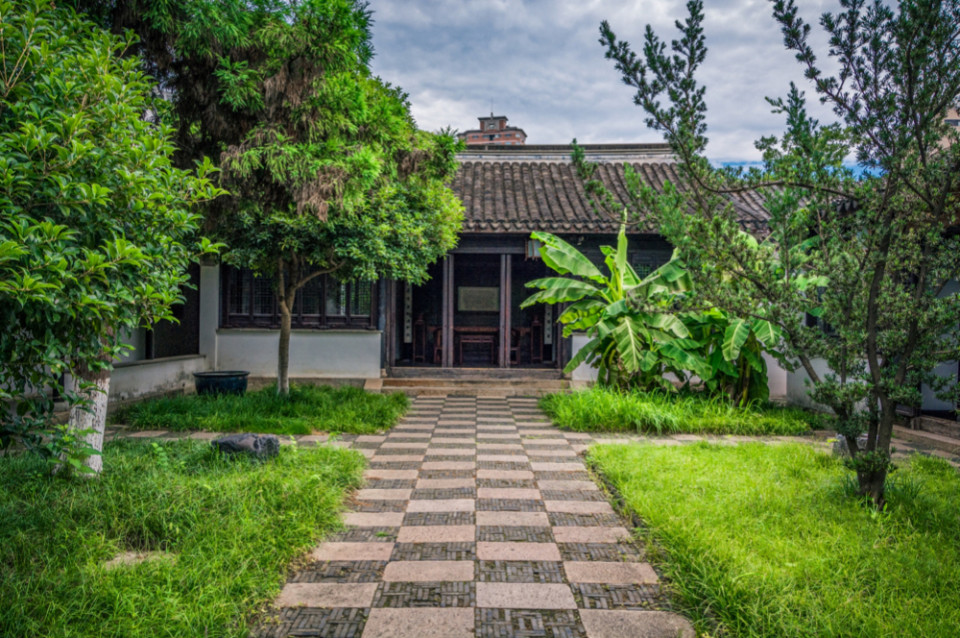How to Make a Planting Place from Coconut Fiber: An Environmentally Friendly Solution for Gardening

Coconut fiber or also known as coco peat is an organic planting medium made using coconut shells. Coconut shells themselves are very suitable for use as a planting medium because they hold water well, have good air circulation, and are rich in natural nutrients that plants need. Apart from that, coconut fiber is also environmentally friendly, easy to find and economical, which makes using coco peat an ideal choice for plant lovers who want to garden naturally and sustainably. The following is a complete guide to making a planting place made from coconut fiber, as well as how to optimize its use for better garden results.

Why Choose Coconut Fiber as a Planting Media?
Before we start making it, it is important for us to understand several advantages that coconut fiber has as a planting material:
- Retains moisture: Coconut fiber is able to retain water better than other growing media such as soil, so plants can stay hydrated longer.
- Environmentally Friendly: Using coconut fiber helps to reduce agricultural waste from the coconut industry. This material can also decompose well without leaving dangerous residues.
- Sterile and Pathogen Free: When processed properly, coconut fiber is generally free from bacteria and pests that can damage plants.
- Light and Easy to Manage: planting media using coconut fiber is very light, easy to move, and does not require complicated maintenance.
- Economical and Easy to Get: Coconut fiber can usually be found cheaper and easier to find in markets or agricultural shops, especially if you live in Indonesia where there are lots of coconuts in Indonesia..
Required Materials and Tools

If we want to make a planting medium from coconut fiber, there are several tools that we need to provide to make a place for planting, the tools are as follows:
- Coconut fiber (can be purchased in blocks of coco peat or finely shredded)
- Container or pot (choose a pot with drainage holes in the bottom)
- Small shovel
- Water (to soak and moisten the coconut fiber)
- Organic fertilizer or compost (optional, to add nutrients)
Plant Treatment with Coconut Fiber Media

After the planting process is complete, the next step is the maintenance process which aims to ensure the plants grow well. Here are some tips you can use to care for plants that use coconut fiber as a planting medium:
- Regular Watering: Coconut fiber can hold water well, but still check the humidity of the planting medium regularly. If it feels dry, give it enough water.
- Providing Additional Nutrients: Even though it is rich in nutrients, coconut fiber can lack nutrients if used for a long time. You can add liquid organic fertilizer or compost every two weeks to ensure the plants remain fertile.
- Pruning and Maintenance: Trim and clean wilted leaves to maintain plant health. Planting media made from coconut fiber does not require special care, but make sure it is not too dense.
Types of Plants Suitable for Coconut Fiber Media

Coconut fiber growing media is suitable for various types of plants, but some types of plants respond better to this media. Here are some plants that you can plant:
- Vegetables: Spinach, kale, lettuce, and mustard greens do well with coconut fiber, because they need consistent moisture.
- Herbal Plants: Plants such as basil, mint and oregano are suitable for planting in coconut fiber media because they easily absorb the required moisture.
- Ornamental Plants: Types of plants such as succulents, mother-in-law's tongue, and cacti can also grow well in coconut fiber media, because this media has good air circulation..
- Plant Seeds: Coconut fiber is ideal for sowing seeds or plant seeds because of its light structure and rich nutrients.
Advantages and Disadvantages of Using Coconut Fiber as a Planting Media
Just like other planting media, coconut fiber also has its own advantages and disadvantages. The following are some of the advantages and disadvantages that will exist when we use coconut fiber as a planting medium:
strengths:
- Biodegradable and Environmentally Friendly: Coconut fiber is made from natural materials that can decompose, making it more environmentally friendly.
- Retains Water Well: The humidity in the planting medium can be maintained for longer, making plants less prone to wilting.
- Reduces Sound Reverberations: Suitable for use in urban environments or indoor spaces, because it can absorb sound and create a quieter atmosphere.
- Lightweight and Easy to Move: Pots filled with coconut fiber are much lighter than soil.
weaknesses :
- Need Additional Nutrients: Over a long period of time, coconut fiber can lack nutrients so fertilizer needs to be added.
- Requires Regular Watering: Although it retains water well, coconut fiber will dry out if not watered regularly.
- Unstable in the Long Term: Coconut fiber can lose volume or compress, especially if exposed to excessive water.
Conclusion
Using coconut fiber as a planting medium is a wise and environmentally friendly way to garden. Apart from being economical, this media is also easy to manage, suitable for various types of plants, and helps maintain plant humidity. By following the simple steps above, you can make a planting place from coconut fiber that is ideal for vegetable, herbal and ornamental plants at home. Take advantage of the potential of this natural material to create a beautiful, healthy and more environmentally friendly garden.









